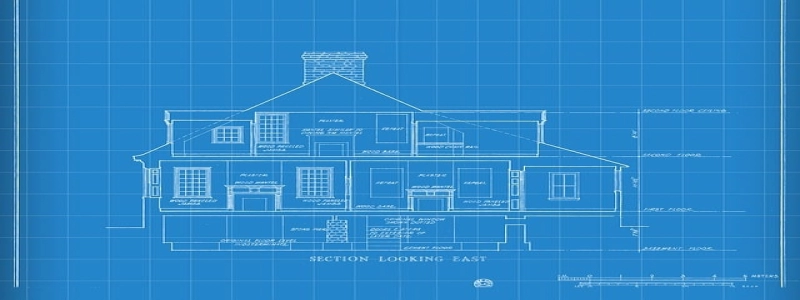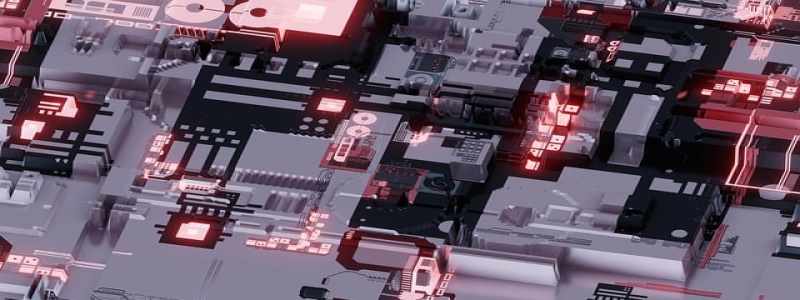Lora Transceiver
Introduction
——————————
In this article, we will dive into the world of Lora transceivers, exploring their functionality, applications, and advantages. Lora, which stands for Long Range, is a wireless communication technology specifically designed for long-range, low-power applications. Lora transceivers play a crucial role in enabling the deployment of Internet of Things (IoT) devices and applications.
What is a Lora Transceiver?
——————————
A Lora transceiver is a specialized wireless communication device that combines both a transmitter and a receiver in a single module. It is designed to provide long-range communication capabilities, while consuming minimal power, making it ideal for battery-operated devices. Lora transceivers use spread spectrum modulation techniques, allowing for reliable communication over long distances even in noisy and congested radio environments.
Functionality
——————————
Lora transceivers utilize the LoRaWAN protocol, which is an open standard for low-power wide area networks (LPWAN). They operate in the license-free Industrial, Scientific, and Medical (ISM) bands, such as 868 MHz in Europe and 915 MHz in the United States. These bands ensure that Lora transceivers can be deployed globally without the need for additional licensing.
Lora transceivers are capable of transmitting data packets over long distances, ranging from a few kilometers in urban areas to tens of kilometers in rural areas. They have a low data rate, typically ranging from a few hundred bits per second (bps) to a few kilobits per second (kbps). This low data rate, combined with low power consumption, enables Lora transceivers to have a significantly longer battery life compared to traditional wireless communication technologies like Wi-Fi or cellular.
Applications
——————————
Lora transceivers find applications in a wide range of industries and sectors. They are particularly well-suited for IoT applications where long-range communication, low power consumption, and reliable connectivity are essential.
One of the key applications of Lora transceivers is in smart cities. They enable various smart city solutions such as smart street lighting, waste management, parking systems, and environmental monitoring. Lora transceivers can communicate with a central server or gateway, allowing city administrators to monitor and control these systems remotely.
Lora transceivers are also used in agriculture to enable precision farming. They allow farmers to monitor soil moisture levels, temperature, and humidity in real-time, facilitating efficient irrigation and crop management. Lora transceivers can even be attached to livestock for tracking and monitoring purposes.
Advantages of Lora Transceivers
——————————
Lora transceivers offer several advantages over traditional wireless communication technologies. Firstly, their long-range capability allows for communication even in remote areas where traditional network infrastructure may be limited. Secondly, their low power consumption makes them ideal for battery-powered devices, eliminating the need for frequent battery replacements. Lastly, their ability to penetrate obstacles such as walls and buildings ensures reliable connectivity in various environments.
Conclusion
——————————
Lora transceivers are revolutionizing the world of IoT by providing long-range, low-power, and reliable communication capabilities. With their wide range of applications and numerous advantages, Lora transceivers are becoming increasingly popular in industries ranging from smart cities to agriculture. As the IoT ecosystem continues to grow, Lora transceivers will play an integral role in connecting the world around us.








